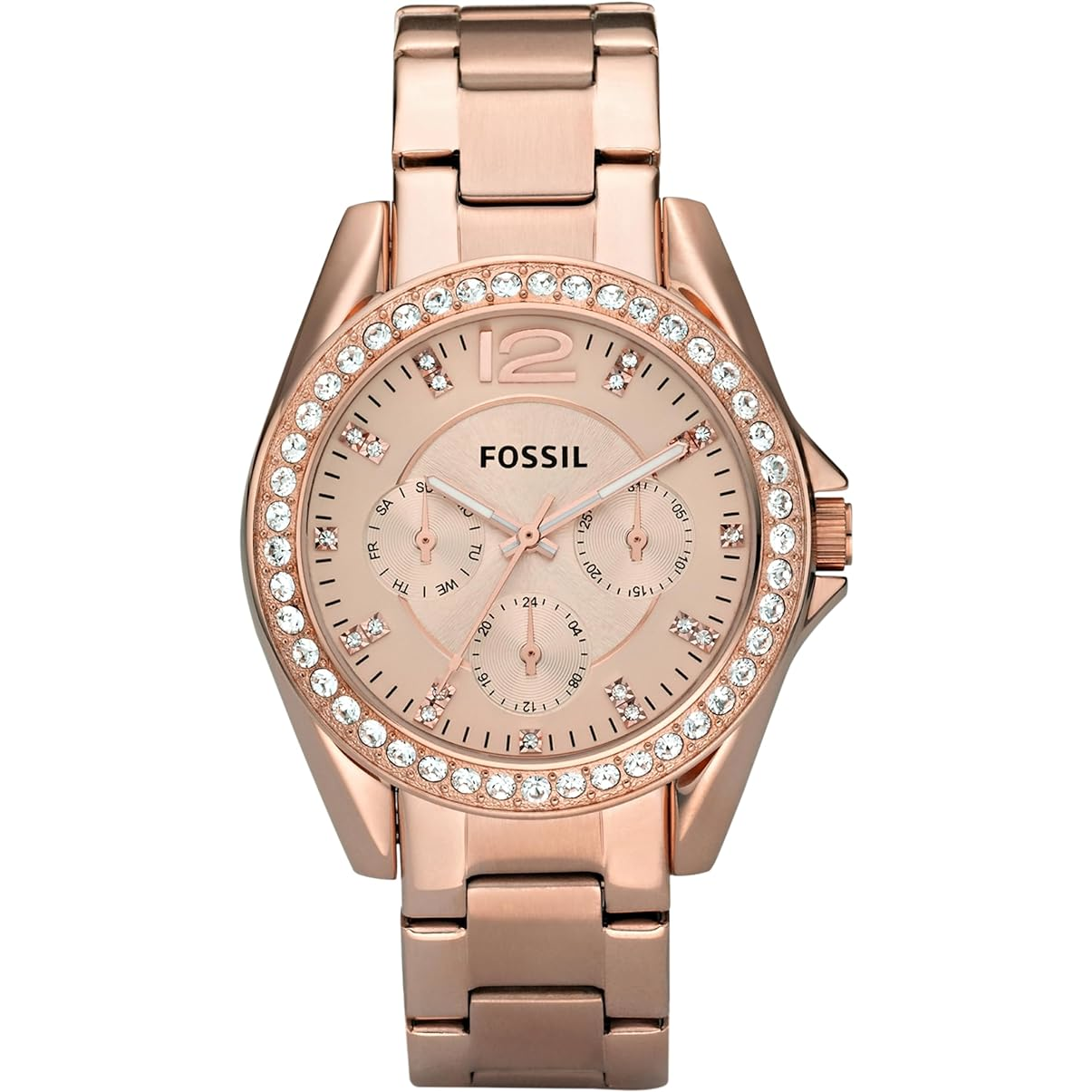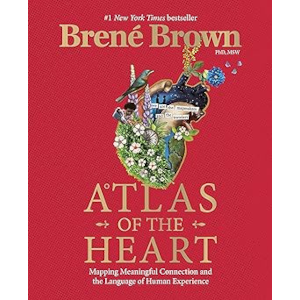
Hi, everyone. This reflection, about change, my trip to London, England, and my mostly loyal old watch, was originally written and published in mariasmind.com. I have revised and updated it a little. By the way, as of today, the watch is still working!
Our reaction to changes, big or small, wanted or unwanted, anticipated or unexpected, is mostly determined by our personalities and our previous experiences with change. I realize that regardless of how welcome or at least manageable the change is, it is still often exhausting. As a result, I am always comforted, calmed by connections to what is familiar. Well-known, reassuring rituals, relationships and objects that have been with me for a long time help to keep my mind and life in reasonable balance.



I really like my watch, which I have had for at least 20 – 25 years, and I have become extremely attached to having it on my wrist. The bracelet has been replaced at least twice. The battery has also been replaced, which means the watch is no longer waterproof. I am left-handed and I wear my watch on my left wrist. I don’t have a dishwasher – except for my son – and I am sometimes not as cautious as I should be, so my watch would get submerged in soapy water. Although it’s putting the cart before the horse, I now have a strategy to avoid this . . . reach into the water to drain the sink with my right hand! As a result, the watch now has rust stains under the hour markings on the right hand side. Roman numerals are only at the top and bottom. Over the past year or so, it slowly began losing time. Each time, I would reset it and hope for the best. Sometimes it would stop completely and I would reset it and continue hoping for the best. Finally, a few months ago, it stopped completely.

I continued wearing it, although I weaned myself off of looking to it to know the time. I like how it looks and the incongruity of wearing a watch that was only accurate twice a day suited my sense of humour. Amazingly, however, about a month ago, my watch started working again! By now, it has done this multiple times . . . It will take time to develop trust in it again, but it makes me smile to look at it and think of its renaissance. Unfortunately, however, some residual scepticism continues to undermine my watch’s rebirth. Will it return to losing time, defeating its practical purpose for continuing to reside on my wrist? Is the watch untrustworthy? Time and my watch’s renewed fidelity to keeping accurate time may slowly redeem my faith in it. Incredibly, maybe as a reward for my sentimental loyalty, it has now begun, once again, keeping correct time!

The story of my watch encapsulates the sense of comfort and familiarity that I have towards items I have owned for a very long time, which of course is the main reason I continue to wear it. I also have too many scarves, of many colours, textures and styles, some of which I have owned for more than 40 years. That, however, is a reflection for another time. I know that wearing a watch to know the time seems illogical today. The reliance on our cell phones makes the job of traditional watches obsolete for many. Reflecting on it, I realize that my default is to activate my phone’s screen to see the time. Somewhat guiltily, in order to validate its existence, I must make a conscious decision to look at my watch instead.



Almost two years ago, I sat in front of London, England’s uniquely-shaped city hall, gazing out at the Thames River, within pitching distance – well, not by my uncoordinated arm – of the immediately recognizable Tower Bridge immediately to my right. The bridge, built over 125 years ago, near the end of the Victorian era, links the eastern edge of the old City of London – now its financial district – to Southwark, previously only known to me, in my previous routine as an English teacher, as the Globe Theatre’s location where Shakespeare’s plays were performed over 400 years ago. In front of me, on the north side of the Thames, was the Tower of London, begun 1000 years ago by William the Conqueror to show Londoners who’s boss. Juxtaposed and mingling with these familiar historical structures were modern, glass-fronted office buildings with very interesting imaginative designs. The skyline was dotted with cranes.

One way to think of my life so far – because of course there are so many ways, depending on the context – is that it all prepared me to be in London, taking my self-created and incredibly exhilarating walking tours. My lifelong immersion in English literature and history and what I visualized as I read and expounded to my children and students – the mental pictures I created – were now in front of me and touchable. Throughout its existence, London has constantly changed for many reasons; fires, social and economic expansion, and the Blitz of WWII have propelled the ever-evolving mix of old and familiar and new and unexpected and original. According to Peter Ackroyd, London “has the ability to recreate itself silently and invisibly, as if it were truly a living thing.” (London: The Biography)

Some changes come upon us unexpectedly; life’s journey, its twists and turns, steers us to a place where we are sometimes faced with unwanted, difficult experiences and choices. The circumstances we find ourselves in poke and prod us to reflect on and reconsider our relationships, the trajectory of our lives and why it all happened. I find myself at this crossroads. I’ve “come to a place where the streets are not marked. / Some windows are lighted. But mostly they’re darked.” I’m hoping that I will figure out what’s best for me. “(98 and ¾ percent guaranteed.)” (Suess Oh, the Places You’ll Go!)
Hope you liked it. Emotional attachment and familiarity are the two main reasons why far too much stuff impractically occupies space in my home. Is there anything that you find difficult to relinquish, even though it is impractical to hold on to it? Baby clothes and old greeting cards, which can be a topic for another day . . .
Please use the Comments section below.




